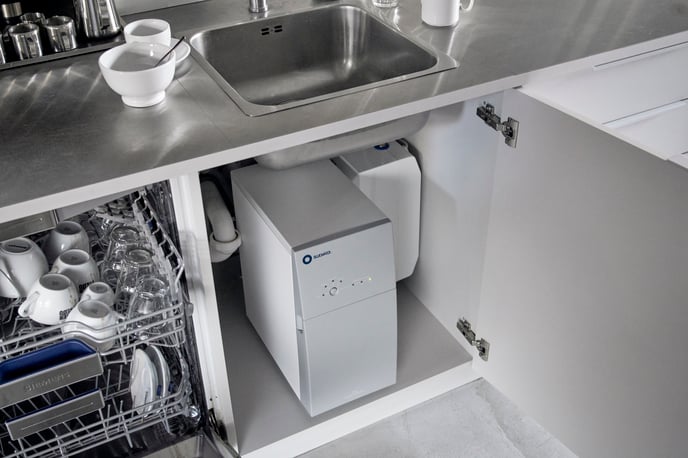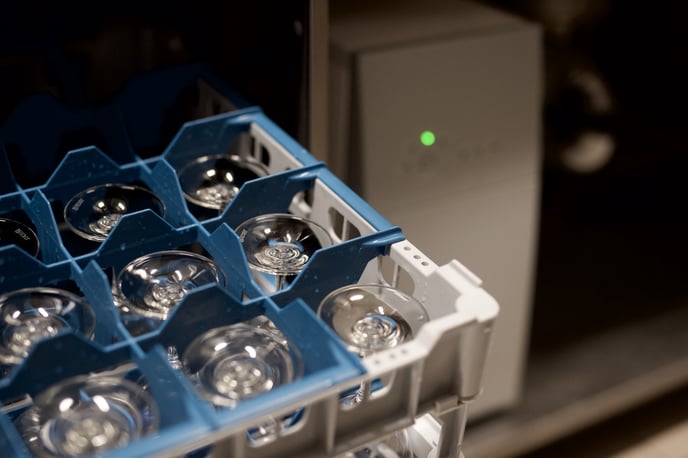How can I make sure I get an accurate TDS reading?
Getting a professional TDS reading is not always the easiest. Here are some tips from us to help you get started!
 Shake: Always make sure to shake excess water off the meter before dipping it into a water sample, even if it’s the same water.
Shake: Always make sure to shake excess water off the meter before dipping it into a water sample, even if it’s the same water.
Stir/tap: After dipping the meter in the water, always lightly tap it against the side and stir the meter to remove any lingering air bubbles or electrical charges.
Positioning: When taking the reading, always make sure to hold the meter straight up without it touching the sides or bottom of the glass/beaker/cup. The probes should be suspended as close to the center of the water sample as possible.
Time: The longer the meter is in the water, the more accurate the reading will be.
Temperature: 25 degrees Celsius is the ideal temperature for conductivity readings, even if the meter has ATC.
Rinse: If switching between very low and very high ppm water, always rinse the probes with distilled water to avoid any build-up.
When measuring pure water TDS on a purifier, make sure to always wait at least 30 seconds before filling up water to avoid TDS creep.